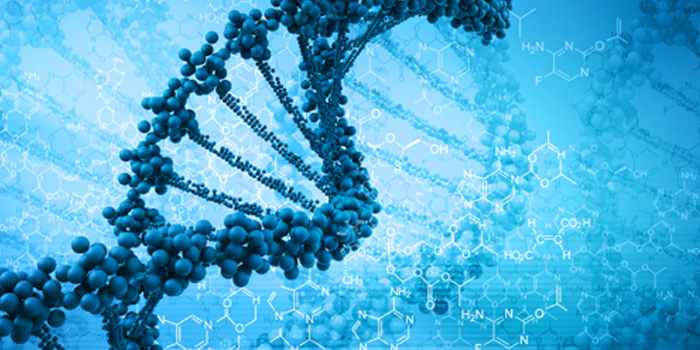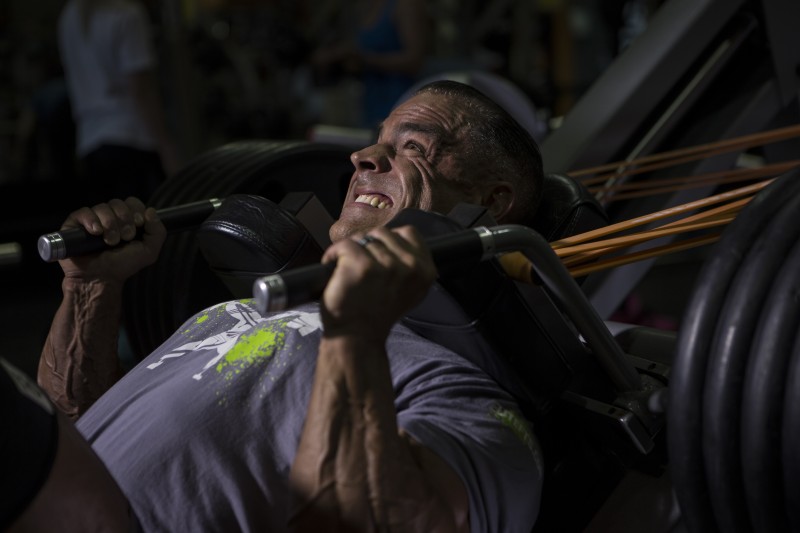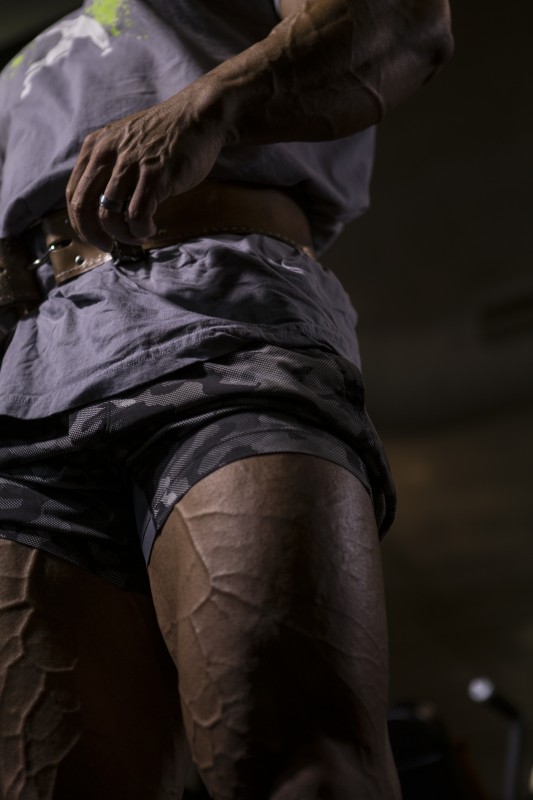
While truisms on hypertrophy have their place (often as valid concepts), the science of muscular hypertrophy is as shifting a field as most other arenas of biological science. Here are a few interesting examples of where past notions—some recent, some more than a half-century old—are being challenged by today’s research.
The Old: How hard you can max out your post-workout Muscle Protein Synthesis (MPS) during the “anabolic window” is the arbiter of hypertrophy.
The New: Exploding your MPS rate after lifting doesn’t mean much for hypertrophy.
I’ve already written about the dubious nature of the anabolic window and its rather winding history, but in the two years since then, there’s been a little more light shed. For me, the biggest hole in our knowledge of acute MPS and its relationship to hypertrophy outcomes was the researchers' focus on short-term studies. It was a bit like determining the outcome of a football game after only watching the first quarter. Later studies seemed to corroborate that more was going on after the initial flurry of MPS.
A recent paper featuring noted iconoclast Stuart Phillips (McMaster University) has wedged open our knowledge of MPS a little more. Phillips’ team (cited under Damas) had a bunch of young lads go to failure on leg presses and leg extensions for three weeks, and biopsied the fellows’ quads along the way. What they found that was the first week of training boasted high levels of MPS after exercise; like some earlier studies, they also found that the MPS here didn’t correlate with hypertrophy. Instead, the much lower MPS rates from weeks two and three seemed connected to muscle growth. This hints that elevated MPS is just a sign of damage repair and that this damage must be both repaired and the body strengthened against it in order for hypertrophy to take place. It also provides a potential new timing window of effects. There are more implications here and questions about what this might mean for training frequency and nutrition within the training cycle1.
The Old: Stray from the 8-12 rep range with 60-70% of your 1RM and you’ll sacrifice potential hypertrophy.
The New: Rep ranges outside of this boundary can build muscle just as effectively, if done with different parameters.
Though the hypertrophy range jumps around, I think you’ll find most advocates say it falls somewhere within the large span of 8–12 reps per set with a weight that creates strong fatigue if extended any further. Advising to work with weights within 60-70% constitutes roughly equivalent advice. Now, there have always been advocates for different rep ranges, but the broadest consensus has been for that particular range. Here in America, for example, we can trace at least some of this focus to Thomas DeLorme, whose 1940’s-50’s research focused on programming schemes in which participants worked through successively heavier sets until reaching a 10-rep max on a given lift.
A great deal of research tracked along similar lines, with only a few forays into different rep schemes. Fortunately, we have some interesting preliminary work being done now with decidedly more exotic schema prominently featuring two noted hypertrophy researchers. On the one extreme, Hoffman’s crew (cited under Mangine) seems to be validating the idea of “powerbuilding,” given the results of their demanding high-intensity protocols. This research put their subjects through exercises that match a typical four-day upper/lower split, with the catch being that every set was performed with a 90% of 1RM load. Basically, every day was a max effort day.
On the other end, Stuart Phillips (cited under Burd) is making noise with tests on high rep ranges, and finding that going to failure with weights normally reserved for rehab and endurance strength (30% of 1 RM) elicits similar results to traditional-range work. I’d categorize both topics as preliminary or emergent until duplicated, and I’d need to see some alterations to the respective procedures for me to consider them cornerstones of strength and conditioning research. Still, they hew with what a lot of people (including, I imagine, many readers) have found when experimenting with rep ranges and training that emphasizes complete fiber recruitment within a target muscle2,3.
The Old: Hypertrophy is about gaining and losing muscle nuclei.
The New: Hypertrophy is about gaining and not losing muscle nuclei.
Hypertrophic “muscle memory”—the idea that it’s easier to rebuild old muscle than it is to create new muscle—is generally accepted as sound theory. It may be that this concept is owed to the odd arrangement of nuclei and satellite cells in muscle cells, and is leading some to question older microscopic models of hypertrophy. These old models viewed hypertrophy as a process where satellite cells donate nuclei to build muscle; these nuclei are then discarded when a muscle shrinks through disuse or illness.
A new model being proposed by Gundersen4 posits that these added nuclei hang around even after a muscle has returned to this original state, and that their continued presence allows for accelerated reconstitution of hypertrophy gains (i.e., hypertrophic muscle memory). While this probably isn’t of much relevance to folks looking to hit new gains in hypertrophy levels, it does speak to the many people seeking to regain lost muscle mass. Elitefts' own Scott Stevenson has written extensively on the peculiarities of cell nuclei and hypertrophy.
The Old: Muscle hypertrophy can be divided into two categories: functional myofibrillar hypertrophy and nonfunctional sarcoplasmic hypertrophy.
The New: We don’t know what to think.
I (and many others) had figured for a while that the scientific validation of myofibrillar vs. sarcoplasmic hypertrophy resided somewhere in the annals of Russian history. But it took Anders Nedergaard directly reaching international treasure Vladimir Zatsiorsky to at least partially confirm this idea for the benefit of the general public. Thinking of how far imaging and measuring devices have advanced since the 60’s and 70’s throws some serious doubt on the idea, though there’s been some teasing hints (particularly in studies comparing bodybuilders and sport lifters) that there might be something to the concept.
The idea is that low-rep/high-intensity lifting in the maximal strength range causes more myofibrillar hypertrophy (i.e., the growth of the actual contractile elements in a muscle) than high-rep/lower-intensity lifting. This means myofibrillar hypertrophy can cause gains in strength independently of neural-only factors.
On the other hand, traditional bodybuilding rep ranges mainly cause sarcoplasmic hypertrophy, which basically means your muscle get packed with more non-functional fluid, connective tissue, organelles, and whatnot. It’s a strength-training result that doesn’t lead to much strength gain.
Moving away from this model are researchers who believe that this distinction is non-existent (or at least insignificant.) Their contention is that “hypertrophy is hypertrophy," and that under a microscope a muscle enlarged by single reps looks like one enlarged by sets of twenty or thirty. The past theorizing is easily explained by inadequate tools mistaking understood phenomena (e.g., swelling, for distinct types of hypertrophy when under the microscope). As to the observed differences between bodybuilders and sport lifters, cause and effect might run counter to expectations; it may be that people with large, fluid-heavy fibers seek out bodybuilding because it suits their traits, while people with dense fibers seek out powerlifting and Olympic lifting.
There isn’t really a clear answer to this debate yet, as it hasn’t been looked at directly with modern technology, or even recently by Western researchers (hence the unfortunate lack of peer-reviewed references below). There are respected experts on either side of the debate, but without better evidence there’s no way to reach anything conclusive. I can see both sides as being possible to varying degrees, and I’m interested in how the study evolves.
References
- Damas, F., Phillips, S. M., Libardi, C. A., Vechin, F. C., Lixandrão, M. E., Jannig, P. R., ... & Tricoli, V. (2016). Resistance training‐induced changes in integrated myofibrillar protein synthesis are related to hypertrophy only after attenuation of muscle damage. The Journal of Physiology.
- Burd, N. A., Mitchell, C. J., Churchward-Venne, T. A., & Phillips, S. M. (2012). Bigger weights may not beget bigger muscles: evidence from acute muscle protein synthetic responses after resistance exercise. Applied physiology, nutrition, and metabolism, 37(3), 551-554.
- Mangine, G. T., Hoffman, J. R., Gonzalez, A. M., Townsend, J. R., Wells, A. J., Jajtner, A. R., ... & LaMonica, M. B. (2015). The effect of training volume and intensity on improvements in muscular strength and size in resistance‐trained men. Physiological reports, 3(8), e12472.
- Gundersen, K. (2016). Muscle memory and a new cellular model for muscle atrophy and hypertrophy. Journal of Experimental Biology, 219(2), 235-242.












